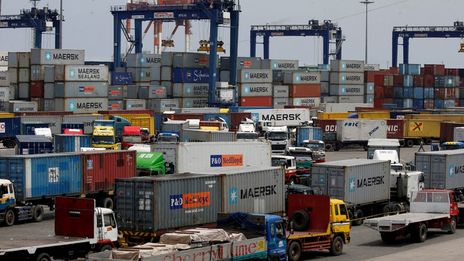Download full report (embargoed until 9.30 am)
Ai Group Chief Executive, Innes Willox, said: 'Despite a small fall in sector-wide employment in December, manufacturing production, sales, exports, and new orders all grew strongly in the month, providing a running start to the new year. Four of the five larger manufacturing sub-sectors - food & beverages; petroleum, coal, chemicals & rubber products; non-metallic mineral products; and machinery and equipment - saw healthy growth while the metal products sub-sector closed a difficult year in the red. The positive result for producers of machinery & equipment comes despite the steading unwinding of automotive assembly and points to a tentative pick-up in business investment. Early passage of the Government's Enterprise Tax Plan would provide momentum and an important boost to activity,' Mr Willox said
Australian PMI®: Key Findings for December:
- Six of the seven sub-indexes in the Australian PMI® improved from November (see table below), headed by a surge in exports (up 12.6 points to 68.5) and strong expansions in new orders (up 1.1 points to 60.6) and sales (up 5.3 points to 58.8).
- Employment slipped in December (down 4.9 points to 47.4), in line with recently weaker jobs growth.
- Five of the eight manufacturing sub-sectors expanded in December (that is, above 50 points in three-month moving averages), with food and beverages (up 0.6 points to 57.1) and petroleum & chemical products (down 0.6 points to 56.5) continuing to perform solidly. Machinery & equipment (up 0.1 points to 55.0) is showing signs of continued resilience, while non-metallic mineral products bounced back to expansionary conditions (up 7.1 points to 57.9).
- Input prices remained elevated in December (up 0.3 points to 62.8) while the selling prices sub-index fell 6.1 points to a contractionary 45.4, indicating a continued tightening of margins for manufacturers heading into 2017.
- The wages sub-index of the Australian PMI® increased significantly (up 8.5 points to 62.3), perhaps heralding an early 2017 pick-up in manufacturing wages growth.
View all Economic Indicators
Seasonally adjusted | Index this month | Change from last month | 12 month average | Index this month | Change from last month | 12 month average | |
Australian PMI® | 55.4 | +1.2 | 52.7 | Exports | 68.5 | +12.6 | 54.7 |
Production | 58.2 | +4.7 | 53.7 | Sales | 58.8 | +5.3 | 53.9 |
New Orders | 60.6 | +1.1 | 54.9 | Input Prices | 62.8 | +0.3 | 62.0 |
Employment | 47.4 | -4.9 | 48.8 | Selling Prices | 45.4 | -6.1 | 49.7 |
Inventories (stocks) | 53.4 | +7.2 | 51.4 | Average Wages | 62.3 | +8.5 | 57.8 |
Supplier Deliveries | 52.4 | -0.3 | 53.0 | Cap. Utilisation (%) | 69.3 | -7.3 | 73.8 |
Release dates for Australian Performance Indices in 2017
Background: The Australian Industry Group Australian Performance of Manufacturing Index (Australian PMI®) is a seasonally adjusted national composite index based on the diffusion indices for production, new orders, deliveries, inventories and employment with varying weights. An Australian PMI® reading above 50 points indicates that manufacturing is generally expanding; below 50, that it is declining. The distance from 50 is indicative of the strength of the expansion or decline. Australian PMI® results are based on responses from around 200 companies from a rotating sample of manufacturers. The manufacturing sub-sector categories in the PMI match the ANZSIC industry classifications for manufacturing and are weighted, based on 2011-12 industry output data from the ABS.
Media Enquiries: Tony Melville - 0419 190 347
Ai Group - Australian Industry Group published this content on 02 January 2017 and is solely responsible for the information contained herein.
Distributed by Public, unedited and unaltered, on 02 January 2017 23:22:05 UTC.
Original documenthttps://www.aigroup.com.au/policy-and-research/mediacentre/releases/PMI-Dec2016/
Public permalinkhttp://www.publicnow.com/view/536EF4E57F590C49D3D1D7D05B64B0AE23BC034C


























